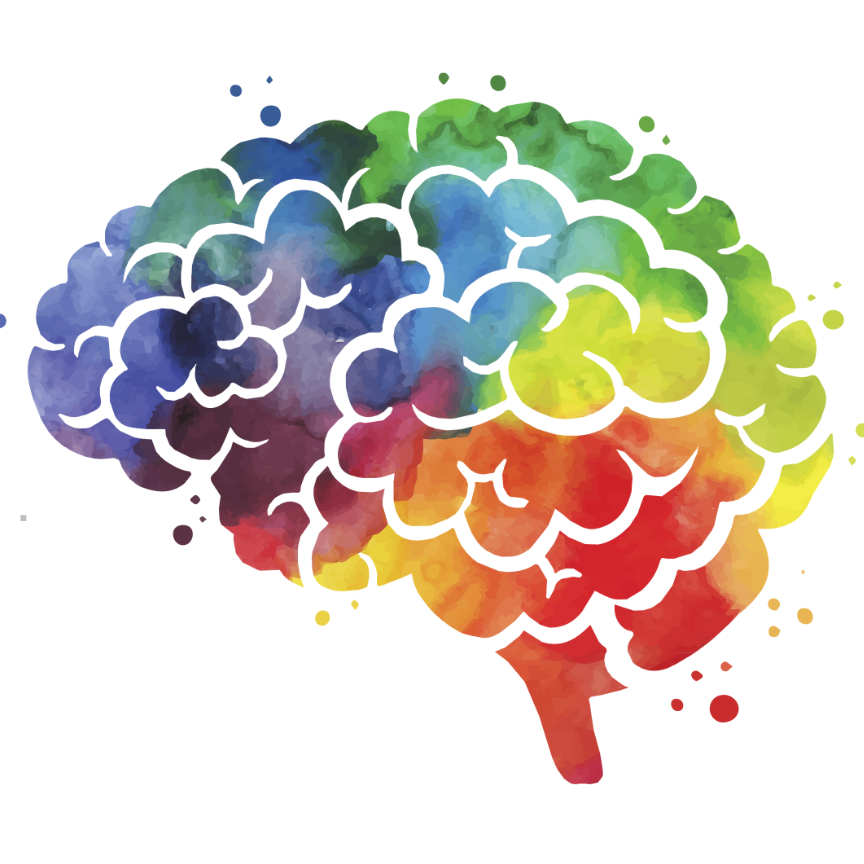What is Cerebrofolate Deficiency (CFD)?
CFD is a condition where folate levels in the brain are low, even when they appear normal in the rest of the body. Folate is essential for brain development and function, and a deficiency can contribute to neurological and developmental challenges – especially in children with autism, PANDAS/PANS, or other complex conditions.
Why Does CFD Happen?
CFD occurs when folate struggles to cross the blood-brain barrier.
This can be due to:
- Autoimmune activity (antibodies blocking folate transport)
- Genetic mutations (such as MTHFR or FOLR1)
- Other metabolic or mitochondrial imbalances
Symptoms of CFD may contribute to:
- Developmental delays
- Loss of previously acquired skills (mental and movement abilities)
- Speech and language difficulties
- Behavioural challenges
- Movement disturbances (poor muscle control, ataxia)
- Epilepsy and seizures
- High muscle tone (hypertonia) causing muscles to feel stiff and making movement difficult.
- Delayed cognitive development
- Sleep disturbances and more.
How Is CFD Diagnosed?
- FRAT (Folate Receptor Antibody Test) – A blood test obtained from a private Dr.
- Lumbar Puncture (CSF Analysis) – Measures folate levels in cerebrospinal fluid
Genetic Testing – Genetic testing can be a helpful tool to understand underlying factors, but it doesn’t directly diagnose CFD. It can identify mutations like MTHFR, FOLR1 that may contribute to CFD. This is genetic a test we offer.
What Can Be Done?
Many children benefit from high-dose folinic acid, a bioavailable form of folate that bypasses transport issues and supports brain function. Early intervention is crucial to prevent worsening neurological problems over time.
The Dairy Connection
 When kids with CFD eat dairy, it can trigger their immune system, raising damaging antibodies and making it harder for folate to reach the brain.
When kids with CFD eat dairy, it can trigger their immune system, raising damaging antibodies and making it harder for folate to reach the brain.
We’ll be doing a separate post on this soon to dive deeper into the dairy-CFD connection!
Addressing CFD can be life-changing, helping children make progress in areas like language, motor skills, and behaviour.


